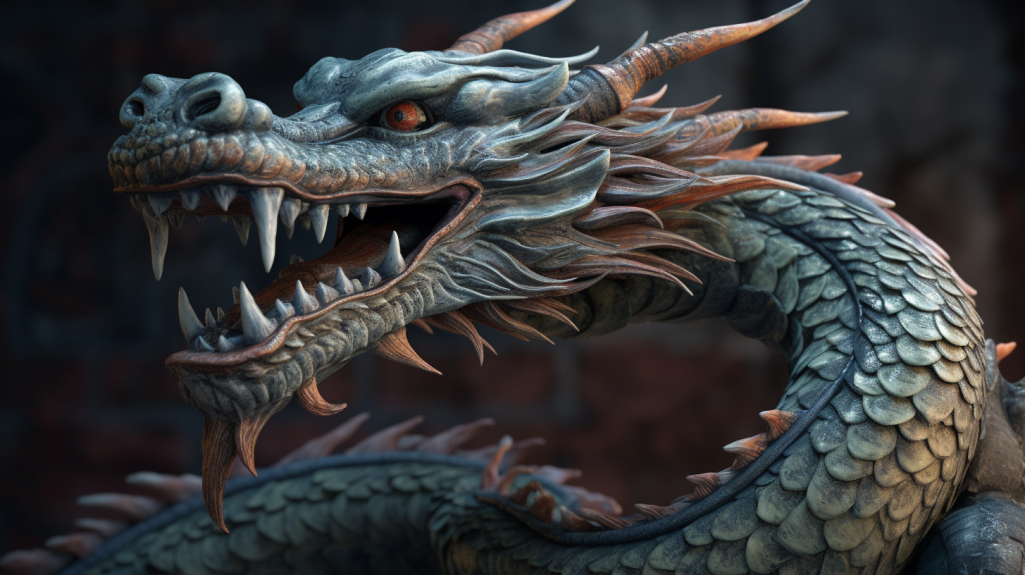The Chinese Zodiac, also known as Shengxiao (生肖) in Chinese, is a cultural treasure that has fascinated people for centuries. Unlike the Western zodiac, which is based on the position of the sun at the time of one’s birth, the Chinese Zodiac is based on a twelve-year cycle, with each year associated with a specific animal sign. This ancient system not only serves as a fun way to determine one’s personality traits and compatibility but also plays a significant role in Chinese culture and tradition. In this article, we will delve into what the Chinese Zodiac is and why it holds such importance.
The Twelve Animals of the Chinese Zodiac
The Chinese Zodiac consists of twelve animal signs, each representing a year in a repeating cycle. These animals, in order, are the Rat, Ox, Tiger, Rabbit, Dragon, Snake, Horse, Goat (or Sheep), Monkey, Rooster, Dog, and Pig. The cycle starts anew every twelve years, with each animal sign associated with specific personality traits, characteristics, and even compatibility with other signs.
Origin and Legend
The origins of the Chinese Zodiac are steeped in mythology and legend. One popular story recounts how the Jade Emperor, the highest deity in Chinese folklore, summoned all the animals to a meeting. The first twelve animals to arrive were granted a place in the Zodiac, and their order was determined by the order of their arrival. The Rat cleverly arrived first by hitching a ride on the back of the diligent Ox, which explains why these two animals are closely linked in the Zodiac cycle.
Significance in Chinese Culture
The Chinese Zodiac is deeply embedded in Chinese culture and tradition. Here’s why it holds such importance:
- Personal Identity: Your Chinese Zodiac sign is determined by your birth year, and many people in China, as well as other East Asian countries, take this sign as a source of personal identity. People believe that the characteristics associated with their Zodiac sign provide insights into their personality, strengths, and weaknesses.
- Compatibility: In Chinese culture, it is common to check the compatibility between individuals based on their Zodiac signs. Certain animal signs are thought to complement each other, while others may clash. This is often considered in relationships, marriages, and even business partnerships.
- Astrology and Horoscopes: Much like Western astrology, the Chinese Zodiac also has its own horoscopes and fortune-telling aspects. People consult astrologers and horoscope readings to gain insights into their future, career prospects, and personal life.
- Celebrations and Festivals: Each year in the Chinese Zodiac is associated with specific celebrations and customs. The most prominent of these is the Chinese New Year, which marks the beginning of a new Zodiac cycle. People gather with family, exchange gifts, and participate in various traditional activities during this time.
- Cultural Symbolism: The twelve animals of the Chinese Zodiac also have cultural symbolism beyond astrology. They are often featured in art, literature, and folklore, representing different virtues, values, and life lessons.
Conclusion
The Chinese Zodiac is more than just a whimsical system of astrology; it is an integral part of Chinese culture and tradition. Its influence extends from personal identity and compatibility assessments to the grand celebrations of the Chinese New Year. By understanding the significance of the Chinese Zodiac, we gain valuable insights into the rich tapestry of Chinese culture and the enduring importance of tradition in an ever-changing world.
